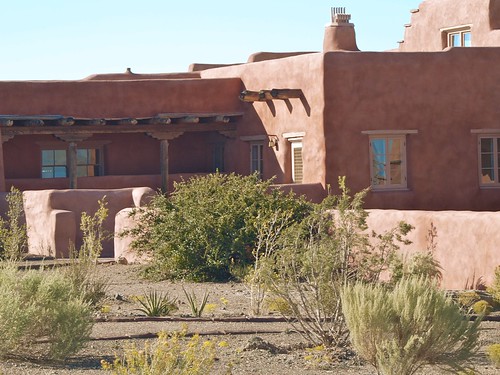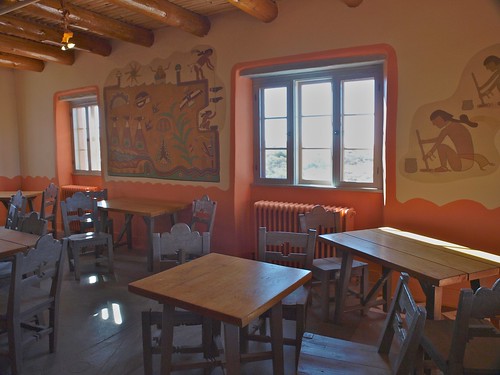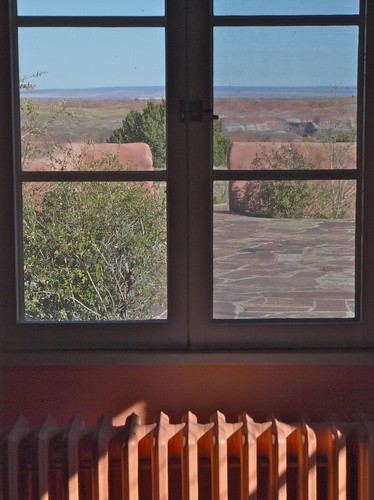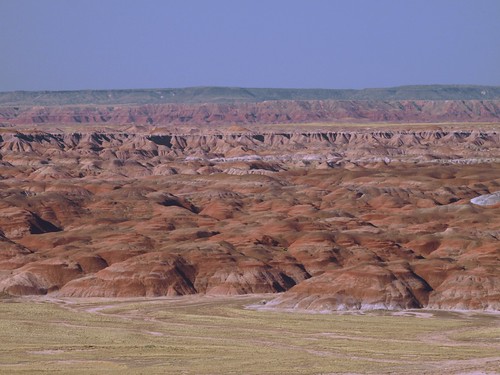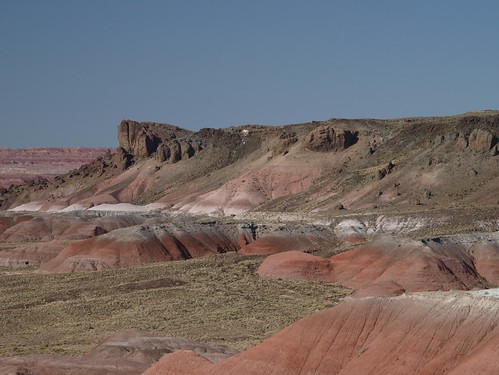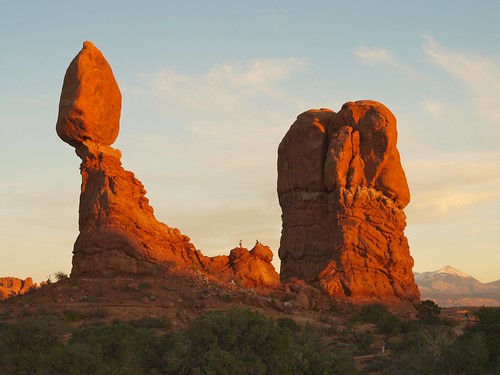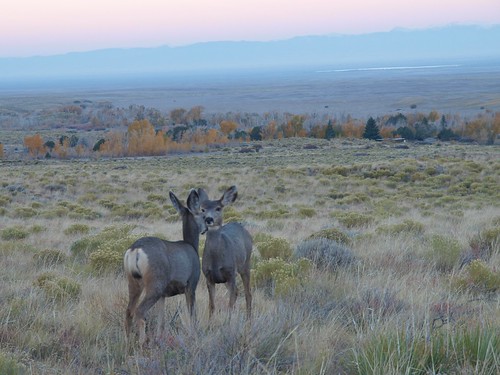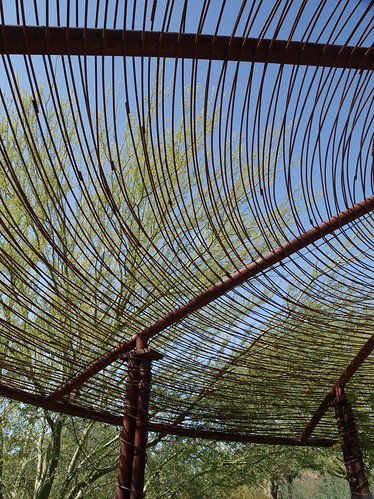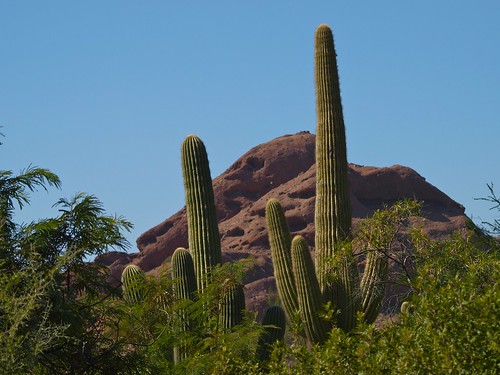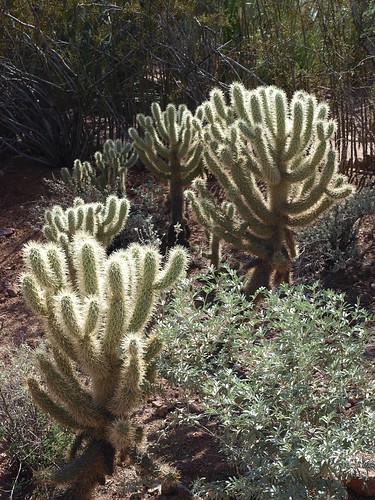Driving through the Petrified Forest National Park, one expects to see old rocks and scrub deserts and a lot of open space. But there is another treat of a different sort, right in the middle of the park – the recently restored Painted Desert Inn. The Inn has earned the designation of a National Historical Landmark. This designation was given to the Inn as a significant historic place with exceptional quality, which illustrates the heritage of the United States.
The inn was constructed between 1937 and 1940 in the Spanish-Pueblo Revival style and the interior spaces have an unusually high quality of design. There is a sitting room, dining room, kitchen and tap room in the main part of the building. Rooms were attached to the building, but each had a separate outside entrance. A generator provided electricity, and water was hauled from the closest town, Adanama, which was located 10 miles away.
When I spoke to the park ranger, he said the inn was located in the “absolute middle of nowhere” when it was in operation in the early 1940s, and only attracted a few truckers from nearby Route 66. The rooms – there were only 4 rooms and 2 of them were used by park rangers – were rather primitive, having bunk beds, a dresser, and outdoor facilities. The attached main building, however, was quite elegant.
